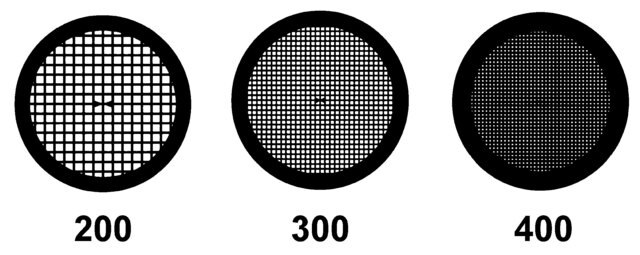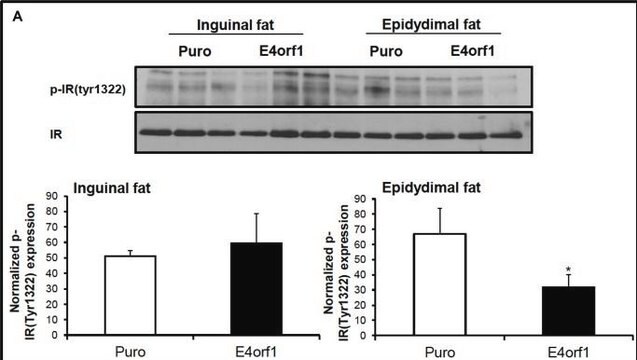MAB1120
Anti-Insulin-like Growth Factor-1 Receptor Antibody, α-subunit, clone 24-31
clone 24-31, Chemicon®, from mouse
Synonym(e):
IGF-IR, CD221
About This Item
Empfohlene Produkte
Biologische Quelle
mouse
Qualitätsniveau
Antikörperform
purified antibody
Antikörper-Produkttyp
primary antibodies
Klon
24-31, monoclonal
Speziesreaktivität
human
Hersteller/Markenname
Chemicon®
Methode(n)
immunohistochemistry: suitable (paraffin)
immunoprecipitation (IP): suitable
Isotyp
IgG1
NCBI-Hinterlegungsnummer
UniProt-Hinterlegungsnummer
Versandbedingung
wet ice
Posttranslationale Modifikation Target
unmodified
Angaben zum Gen
human ... IGF1R(3480)
Spezifität
Weakly reacts with Rabbit.
Immunogen
Anwendung
Zelluläre Signaltransduktion
Insulin-/stoffwechselassoziierte Signalübertragung
Immunoprecipitation (Use Protein G): 2μg antibody/mg protein lysate.
Immunohistochemistry (Frozen and formalin/paraffin): Use antibody at 2-4ug/mL for 30 min. at room temperature. Staining of formalin-fixed tissues requires boiling tissue sections in 1 mM EDTA, pH 8.0, for 10-20 min. followed by cooling at room temperature for 20 minutes. Please note that EDTA is better than citrate for epitope unmasking.
Optimal working dilutions must be determined by end user.
Physikalische Form
Lagerung und Haltbarkeit
Rechtliche Hinweise
Haftungsausschluss
Sie haben nicht das passende Produkt gefunden?
Probieren Sie unser Produkt-Auswahlhilfe. aus.
Lagerklassenschlüssel
12 - Non Combustible Liquids
WGK
WGK 2
Flammpunkt (°F)
Not applicable
Flammpunkt (°C)
Not applicable
Analysenzertifikate (COA)
Suchen Sie nach Analysenzertifikate (COA), indem Sie die Lot-/Chargennummer des Produkts eingeben. Lot- und Chargennummern sind auf dem Produktetikett hinter den Wörtern ‘Lot’ oder ‘Batch’ (Lot oder Charge) zu finden.
Besitzen Sie dieses Produkt bereits?
In der Dokumentenbibliothek finden Sie die Dokumentation zu den Produkten, die Sie kürzlich erworben haben.
Unser Team von Wissenschaftlern verfügt über Erfahrung in allen Forschungsbereichen einschließlich Life Science, Materialwissenschaften, chemischer Synthese, Chromatographie, Analytik und vielen mehr..
Setzen Sie sich mit dem technischen Dienst in Verbindung.








